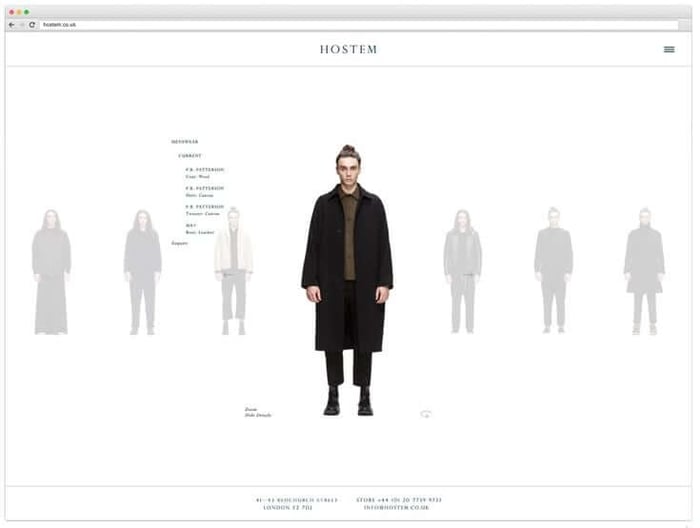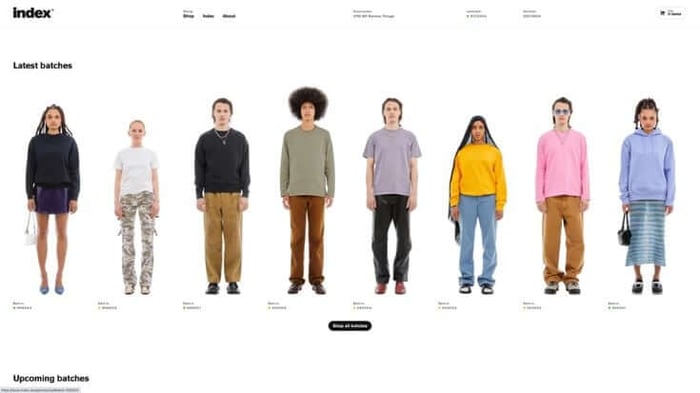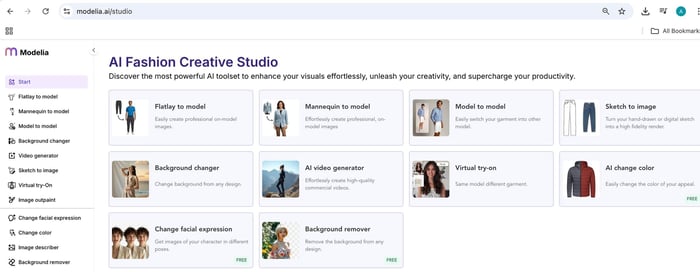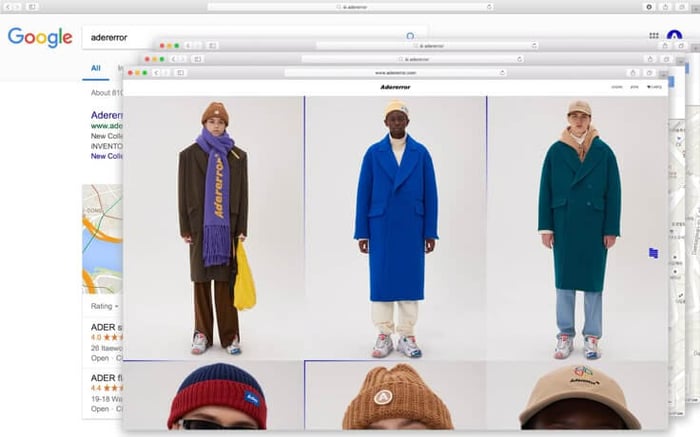Best Virtual Fitting Room Apps: Top Picks for Online Shopping
Table of Contents
Online shopping is more convenient than ever but finding the right size and fit? Still tricky. That’s where the best virtual fitting room apps come in. These tools let you see how clothes might look on your body, without setting foot in a store.
From mobile AR try-ons to full-body 3D simulations, the virtual fitting room market has grown fast, helping brands lower return rates and helping customers feel more confident when buying. In this guide, we’ll break down the top players, how they work, and why they’re transforming fashion e-commerce.

What Are Virtual Fitting Room Apps?
Virtual fitting room apps use a mix of augmented reality (AR), artificial intelligence (AI), and 3D modeling to let customers try on clothes digitally. Some use your camera to overlay garments in real time; others create avatars based on your body measurements. The goal is to mimic the in-store experience as closely as possible and in some cases, even improve on it.
The best virtual fitting room apps give you an accurate visual of how a garment might look, size suggestions tailored to your body, and a more confident, interactive online shopping experience.
Many modern apps also integrate AI-powered style recommendation engines. These engines can analyze a customer’s past purchases, preferred colors, body type, and even the season to suggest outfits that not only fit but match their personal style. This creates a hybrid between a virtual fitting room and a personal stylist. Additionally, many apps now support cross-device synchronization, allowing customers to scan on mobile and finish shopping on desktop with their avatar and preferences intact.
Some platforms are also integrating voice assistants and chatbots into the try-on experience, providing real-time support during the fitting process. This elevates the shopping journey into something interactive, intuitive, and deeply personalized.
Why Virtual Fitting Rooms Matter
Returns in fashion e-commerce are notoriously high, especially for items like jeans, dresses, and fitted tops. The main reason? Fit uncertainty.
Virtual fitting rooms help fix that by reducing guesswork and improving accuracy. They also boost conversion rates and help brands build trust through more personalized shopping journeys. For brands, this means fewer returns, higher conversion rates, and happier customers. For shoppers, especially Gen Z and millennials, who expect personalized and tech-forward experiences, virtual try-on features are quickly becoming a must-have.
These apps also support inclusive shopping by offering avatars or try-ons for a variety of body shapes and sizes, making fashion more accessible to everyone.
Beyond convenience, virtual fitting rooms also serve as a valuable data source for brands. They provide insights into how long users interact with specific products, which sizes are most tried on, or which styles are skipped altogether. This data can help retailers fine-tune their inventory, marketing strategies, and even product design.
Additionally, integrating virtual fitting rooms into the customer journey helps foster brand loyalty. Shoppers are more likely to return to a site that offers an engaging and personalized experience. It reduces frustration, builds trust, and increases the likelihood of word-of-mouth recommendations.

Top 6 Best Virtual Fitting Room Apps in 2025
Let’s take a closer look at the best virtual fitting room apps that are shaping the way people shop online:
1. Zeekit (by Walmart)
Zeekit lets you upload a full-body photo and try on clothes virtually. It’s simple and accessible, especially for customers already shopping through Walmart’s platform. It doesn’t rely on 3D avatars, but instead uses layered images to simulate try-ons. The experience is intuitive, though it may lack some precision compared to more technical systems.
2. True Fit
Focused more on size accuracy than visual previews, True Fit analyzes your body shape, past purchases, and sizing preferences to recommend the right fit. While it doesn’t show how clothes look on your body, it’s highly effective in reducing returns and confusion about size. It’s integrated with major fashion retailers and operates in the background, enhancing the buying journey without requiring much user effort.
3. Virtusize
Virtusize helps you compare new items to clothes you already own. It’s data driven and measurement-based rather than visual, but it’s surprisingly effective. You input the dimensions of a favorite garment, and Virtusize recommends sizes based on that reference. For frequent shoppers, it offers a personalized fit system that evolves over time.
4. DressX
Originally designed for digital fashion, DressX now offers AR-based virtual try-ons for physical items. You use your smartphone camera and apply filters to see how outfits look in real time. It’s especially popular among younger users and fashion-forward consumers who enjoy experimenting with bold digital styles. It’s fun, shareable, and fits perfectly with social shopping trends.
5. YouCam Makeup (Fashion Version)
Branching out from its original beauty roots, YouCam lets you try on tops, accessories, and more using AR filters. The app is smooth and fast, offering a low-friction way to preview styles, especially on mobile. Though it’s more limited to upper-body garments, it’s a strong entry point into try-on tech.
6. Sizer
Sizer uses your phone camera to take full-body measurements and generate a realistic avatar. It’s highly accurate and often used in corporate settings like uniform supply or bespoke tailoring. Though the setup can take a little more effort, the precision is worth it, especially for formalwear or complex fits.
Where Modelia Fits In
While Modelia doesn’t position itself as a virtual fitting room app, it plays a key role in enabling the visuals behind them. The best virtual fitting room apps rely on clean, consistent, and accurate product images and that’s exactly what Modelia delivers. By automating the production of high-quality mannequin and ghost images, Modelia makes it easier for brands to feed those visuals into AR and 3D platforms.
Even brands that aren’t ready for full VTO integration yet benefit from using Modelia. Cleaner visuals mean fewer returns and better-informed customers, creating a natural bridge toward future try-on tech.

Modelia is also expanding its toolset to include AI facial expression changers and image overpainting, which allows brands to generate dynamic model imagery without relying on full photo shoots. This is particularly useful for fashion labels that want to show multiple moods or body language variations with minimal resources.
Moreover, by enabling consistent visual assets across different campaigns and digital touchpoints, Modelia helps brands maintain a unified visual identity, which is critical when integrating assets into virtual try-on experiences or eCommerce platforms with AR capability.

What Makes a Fitting Room App the Best?
There are a few things that separate the best virtual fitting room apps from the rest. First, fit accuracy do the clothes match real-world expectations? Second, user experience is the app intuitive and fast? Also important is device flexibility can it run smoothly across phones, tablets, or desktops? Add to that visual clarity are the try-on images helpful or just gimmicks? And finally, retailer integration how well does it plug into a brand’s current tech stack?
Apps that manage to balance fun with utility think AR filters that also offer fit feedback tend to win with shoppers.
Challenges and Limitations
Even the best virtual fitting room apps aren’t perfect. Some require lots of manual input or body scanning setup, which can turn away casual shoppers. Others struggle with rendering fabrics accurately a flowing silk dress doesn’t behave the same way as a fitted cotton tee.
And there’s the cost. Brands need to digitize large volumes of inventory to support these tools, and 3D modeling isn’t cheap. But with platforms like Modelia streamlining visual production, the entry barrier is dropping.
What’s Next for Virtual Fitting Rooms?
Looking ahead, expect scanning from video to become the norm, apps will soon build avatars from quick phone videos, no measuring tape needed. AI feedback loops will use try-on results and post-purchase data to get smarter. Livestream integration will allow shoppers to try on clothes in real time during events. And personalized avatars will become more detailed your shopping assistant might look just like you.
These trends are already influencing how developers build the next generation of fitting room apps.
Beyond that, hyper-personalization will dominate. Imagine AI stylists that recommend not only clothes that fit, but outfits tailored to your calendar, local weather, and even your mood. These assistants could suggest Monday officewear or weekend loungewear with real-time links to virtual try-on previews.
Also, mixed reality experiences are on the horizon. In the near future, consumers might visit digital stores through VR headsets, interact with holographic store assistants, and try on clothes in 360-degree fitting rooms, blending physical and digital shopping like never before.
How to Get Started
If you’re a brand exploring this space, start small. Use high-quality product images from tools like Modelia, then test one or two of the best virtual fitting room apps with a limited product set. Track results closely: Are return rates dropping? Are people spending more time on site? That feedback helps justify deeper investment.

Wrapping Up
Virtual fitting rooms are more than a fun add-on, they’re quickly becoming essential. For fashion brands looking to stay competitive, tapping into the best virtual fitting room apps is a smart move. And with companies like Modelia handling the backend visuals, the path to AR, 3D, and AI retail is more accessible than ever.
What’s clear is that virtual fitting room apps are no longer optional, they’re a competitive advantage. The brands that adopt them early will not only provide a more engaging customer experience but will also collect valuable behavioral data, optimize inventory management, and strengthen shopper loyalty through personalization.
Whether you're a startup testing a few styles or a global retailer, the right virtual try-on strategy, paired with high-quality visuals from platforms like Modelia, can unlock a new era of scalable, intelligent retail. It’s not just about technology; it’s about building trust and removing friction from the shopping journey. And in a world where experience sells more than product, that’s what will set winning brands apart.
How would you rate this article:
Related Articles
- AI Photo Restoration: Revive Old Photos with Cutting-Edge Artificial Intelligence Technology
- How AI Transforms the Modern Design Process
- Virtual Makeup Try-On: How AR Technology is Revolutionizing Beauty Shopping
- Shopify vs PrestaShop: A Complete Comparison for Sellers
- The Best AI Fashion Design Software to Innovate Your Brand
- Best Free AI Image Generators You Can Use in 2026
- How to Turn Cartoons into Realistic Images with AI
- Change Clothes in Photos Instantly with AI
- The Best Autumn Outfit Ideas for This Season
- How to Use AI in Ecommerce: Boost Your Sales and Optimize Customer Experience
